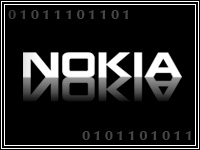
It’s one of the world’s most popular manufacturers of phones. It has a globally recognized brand. It’s ready to show off the latest enhancements to its smartphone operating system. And as far as anyone can tell, it hasn’t lost a prototype phone in a Silicon Valley bar and seen it torn apart on a technology blog.
Maybe Nokia could use some of the publicity raised by that last point to help it get the attention of smartphone users in the U.S., perhaps the last major market that so far has been immune to the charm of its Symbian OS-powered offerings. Standard or feature phones? Sure, Nokia has sold plenty of those on these shores. However, its last attempt at smartphone dominance, the N97, was smacked down by iPhone mania and Android anticipation; not to mention the fact that even Nokia executives later admitted it just wasn’t a very good phone.
Nokia certainly hopes that Tuesday’s announcement of its new N8 smartphone, with the latest version of its OS, Symbian ^3, will make it the Bill Clinton of smartphones. The phone, which will cost 370 euros (just under US$500), comes packed with a wide range of features that on paper at least rival the best that U.S. competitors Apple, BlackBerry and Android phones have to offer: a powerful 12-megapixel camera with Carl Zeiss lens, the ability to record high-definition video that can be played back on HDTVs, turn-by-turn navigation, Web TV services, multitasking and technology that enables it to support both 3G wireless standards in the U.S.
The catch? It won’t be available “in select markets,” according to a Nokia press release, until the third quarter of this year, and there’s no specific launch date announced for the U.S. market. Given the fact that Nokia has turned its nose up at the subsidization model with previous North American phone models, the company’s hopes for the U.S. remain an uphill slog.
Nokia did not respond to a request for comments from the E-Commerce Times.
Is the N8 Great?
The N8 certainly touches on all the hardware-based feature bullet points that companies need to have to get consumer attention, according to IDC analyst Al Hilwa. However, as Apple has shown, the devil is in the software development details. “Nokia has to be commended for still making excellent phones, but its efforts to ease into the world of ‘phone as application platform’ is what is under scrutiny,” Hilwa told the E-Commerce Times. “As a platform maker, Nokia still has to demonstrate with clarity what direction it is going to take. The N8 can be interpreted as a big vote for Symbian as the comeback kid in the phone business, but if it does not come back, the risk is that it may be Symbian’s last hurrah.”
It’s still the early days of the platform wars, Hilwa cautioned, and Nokia — with its deep pockets and global strength — can’t be counted out, along with Microsoft and RIM for the very same reasons.
Nokia has shown with its Comes With Music service for select phones that it can think outside the traditional features box when it has to, said Michael Morgan, senior analyst with ABI Research. However, it remains a struggle, and its version of an app store, the Ovi Store, can seem like it’s stuck in an embryonic stage. “There’s been a lot of growing pains, but the baseline strategy of Nokia is that they want to move from being a handset manufacturer to a service company,” Morgan said. “It’s not a dumb company. It’s been doing this for a lot of years, so they have a chance to get this right. They may not have the cachet that the iPhone has, at least in the U.S., but they do make good phones and they do know the phone business very well. They’re learning the services business, and they’re picking it up quickly.”
Romancing the Carrier
Americans, Morgan said, are addicted to their subsidized phones, so until Nokia learns to work and play well with the major carriers, the high-end, feature-packed N8 could follow the same fate of the N97. Morgan likes many of the selling points of the N8, in particular Nokia’s tweakage of the OS that allows for aggregation of widgets and icons representing emails and social networks. “That’s indicative of a much more modern UI approach. We see that in Motorola’s Blur” and other OSes, Morgan said, that play up the community, social media aspects of their phones. “You’ve got to aggregate it. You can’t have 73 different icons just to do social networking. They were smart to end up with that now.”
A 12-megapixel camera certainly announces that the N8 will be a competitor to standard digital cameras carried by consumers — if those megapixels add up to great quality and the ability to shoot good pictures in all kinds of light. Morgan sees the 684 Mhz processor as the only real question mark; “that’s below the Snapdragon (speeds) that’s being thrown around nowadays. They said they doubled the RAM so behind-the-scenes processing won’t effect performance. They talk about 60 frames-per-second UI, so they should have a snappy interface back and forth.”
Translation: a touchscreen phone that should respond as quickly to consumers’ fingers as an iPhone or the new HTC Incredible. But who carries it if it indeed is heading to the U.S.? Morgan thinks AT&T may be a good place for the N8 to land, as the carrier explores other high-end options to the iPhone as its exclusivity contract with Apple nears an end.





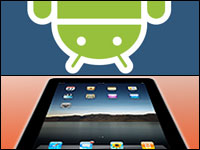
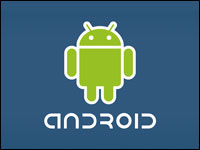



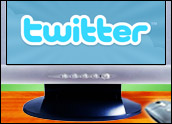

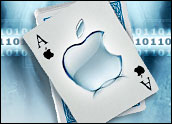











































Social Media
See all Social Media